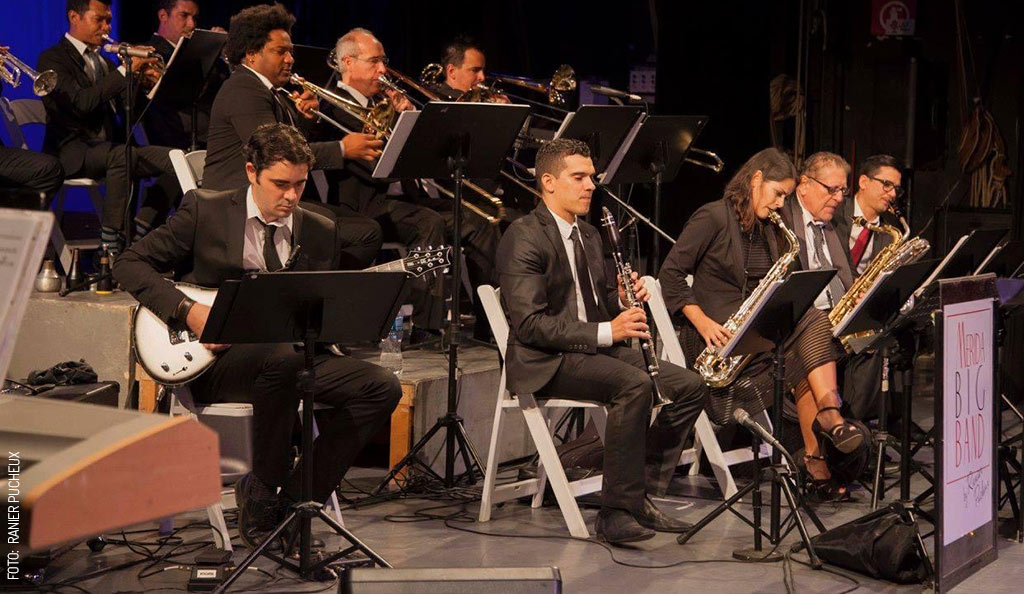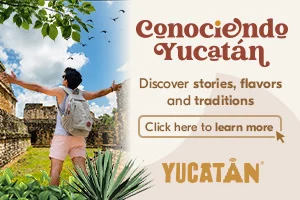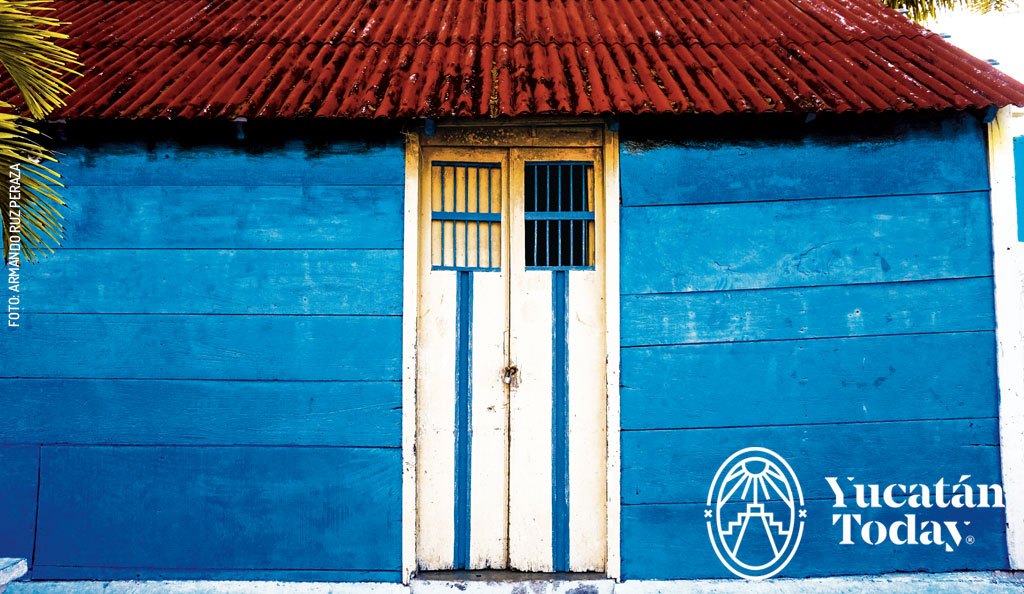On an expedition through northeastern Yucatán, San Felipe was one of our stops. This small fishing village, just at the entrance of the Ría Lagartos natural reserve (not to be confused with the village of Río Lagartos), is a quiet little paradise to visit - at least - once in a lifetime. Preferably many more. Take your time to enjoy each of the wonders that San Felipe has for its visitors.
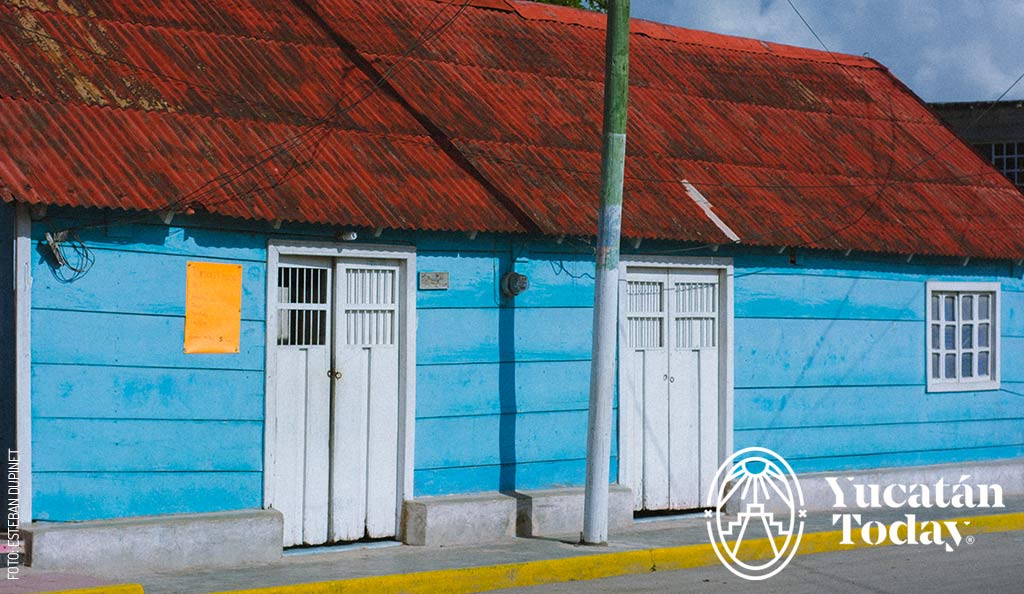 When you arrive, open your eyes wide! You'll notice that the architecture of San Felipe is unlike anything you've seen in Yucatán. Colorful wooden houses can still be found here, especially on the main street. There are with and without wooden fences, with plants at the entrance, thatched or tin roofs, and slight variations in design. We came across one that had engraved decorations on the façade. This one was the natural color of its dark wood, and very attractive. Another was pineapple-yellow with two little palm trees at the entrance, and very cute; it reminded me of Sponge Bob's house.
When you arrive, open your eyes wide! You'll notice that the architecture of San Felipe is unlike anything you've seen in Yucatán. Colorful wooden houses can still be found here, especially on the main street. There are with and without wooden fences, with plants at the entrance, thatched or tin roofs, and slight variations in design. We came across one that had engraved decorations on the façade. This one was the natural color of its dark wood, and very attractive. Another was pineapple-yellow with two little palm trees at the entrance, and very cute; it reminded me of Sponge Bob's house.
Being in San Felipe on the coast, you might wonder “how do they deal with the humidity and salinity?” I wondered that too. Later, Pedro Figueroa, our wonderful guide, told me that the wood is coated with burnt oil; this way it is better preserved.
Would you like to take a tour? Follow the main street all the way to the Malecón, and at its end, on the east side, you’ll see a Palapa with a wooden dock in front. That's the tourist booth. There you can rent a boat to take one of their many tours or do sport fishing; we opted for the first option.
Ojo de Agua Kambulnah
After about 10 to 15 minutes by boat (at low speed to appreciate the calm waves and the seaweed-covered bottom), we docked at Kambulnah. From the moment you set foot on the wooden dock, which extends along the entire path into the mangrove, you'll be in an excellent place to spot regional birds and flora. With a little luck, you'll come across a jaguar or a fresh footprint (we did not).
As you go deeper, you'll begin to see small rivers of water running into the estuary. These come from the spring (Ojo de Agua) ahead. It's shaped like a lagoon, but in the stillness of its waters there's a slight centralized movement. It's an amazing sight: a disk about 12 meters in diameter (and up to four meters deep!). As tempting as it may be to cool off in its calm waters, don't! Pedro told us that it is inhabited by a few female crocodiles and a huge male (about 4 meters). We didn’t see them, though; they were very hidden that day (thank God).
Isla Cerritos
Next, we headed to Isla Cerritos, which I had heard a lot about. To get there you'll need to get out of the estuary and venture further out into the open sea. If you get cold easily, bring a windbreaker or something to cover up. Also, don't forget your sunglasses. You'll want to see San Felipe fade in the distance without having to squint: it's a sight to behold.
Once at Isla Cerritos, we encountered a huge group of migratory birds (sidenote: we visited in February) all over the island. You can actually see them from the surrounding area, at sea, but when it's migration season, the bushes and trees of the tiny island are covered with birds. Ask your guide to help you identify the different species. You'll probably feel like getting closer, but that’s not possible.
A curious fact about Isla Cerritos is that, as its name suggests, it has five archaeological vestiges (tiny tiny hills) of what was once a strategic trading site. But they are just that...Cerritos (mounds). It’s said that this island is the location from which the Chichén Itzá Maya controlled all the Gulf trade routes. What crazy person wouldn’t want to see this for themselves? Admittedly, I was a bit sad to discover that all 32 ruins that were discovered on the tiny island were reburied circa 2008 in order to protect them, and to protect the wildlife living on the island. But hey ho, I got to see the island and imagine what it might have looked like in its heyday. My itch was scratched and I was more than thrilled with the trip. Our guide was knowledgeable, chatty, and very keen to show us around.
Playa Bonita
Last stop of the tour! Playa Bonita is a beautiful beach with platinum certification. This means that it is a clean and sustainable space, and it is undoubtedly an achievement that the people from San Felipe have achieved with hard work. It has small palapas to protect you from the sun and enjoy some time by the beach. The rest of the space is a paradisiacal beach of white sand and water so clear that it is impossible to tell where the sea begins.
Compared to other beaches I have known, this one has no street vendors or restaurants. It's you, the neighbor (if there’s one), and the beach. If you go, please don't forget to leave it as you found it and pick up all the garbage you generate.
Extra
In addition to the activities I already mentioned, you can also choose to snorkel on a sunken ship, hike the Sendero Punta Morena, or go fishing (San Felipe is an excellent fishing spot).
Recommendations
- Travel with plenty of cash; in this area, you will hardly find an ATM or stores that accept cards.
- Wear an eco-friendly sunscreen with a high SPF.
Directory
Tour by Pedro Figueroa
Cel. 986 105 9737
FB: Pedro Figueroa
Restaurante El Popular Vaselina
Calle 9-A x 58, San Felipe
FB: Restaurante El Popular Vaselina
Hotel San Felipe de Jesús
Calle 9-A x 14 y 16, San Felipe
Tel. 986 862 2027

Author: Olivia Camarena Cervera
Yucatecan communicologist. Writer, blogger, and bookstagrammer in her spare time. She also experiments with TikTok.
¡Receive the latest articles and much more from the best of Yucatán in your email!
Related articles
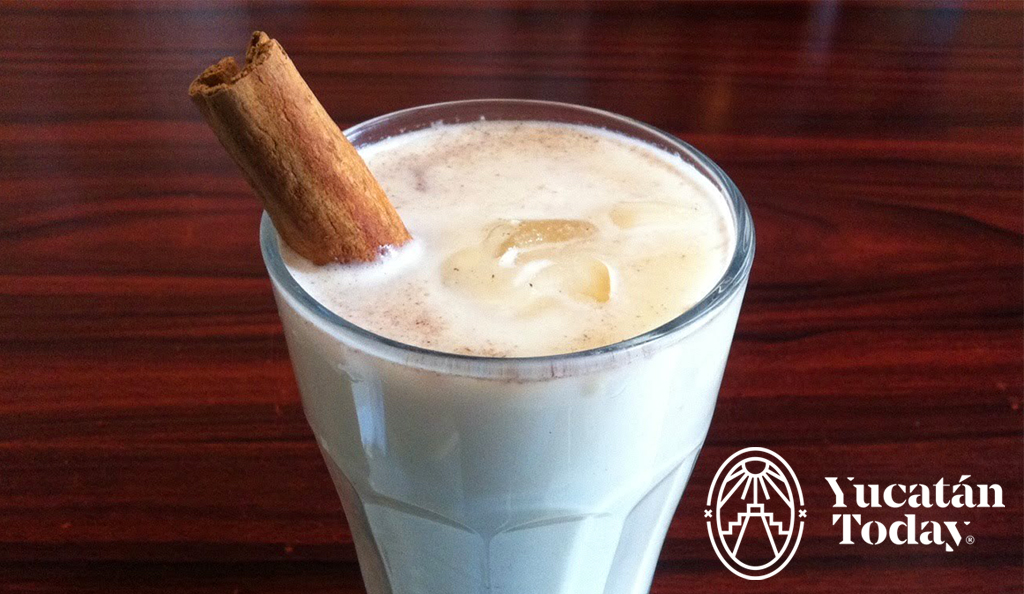
Horchata Recipe
Refreshing traditional Mexican beverage. It forms part of the traditional "fresh water" drinks, also prepared from Jamaica flowers, tamarind, and...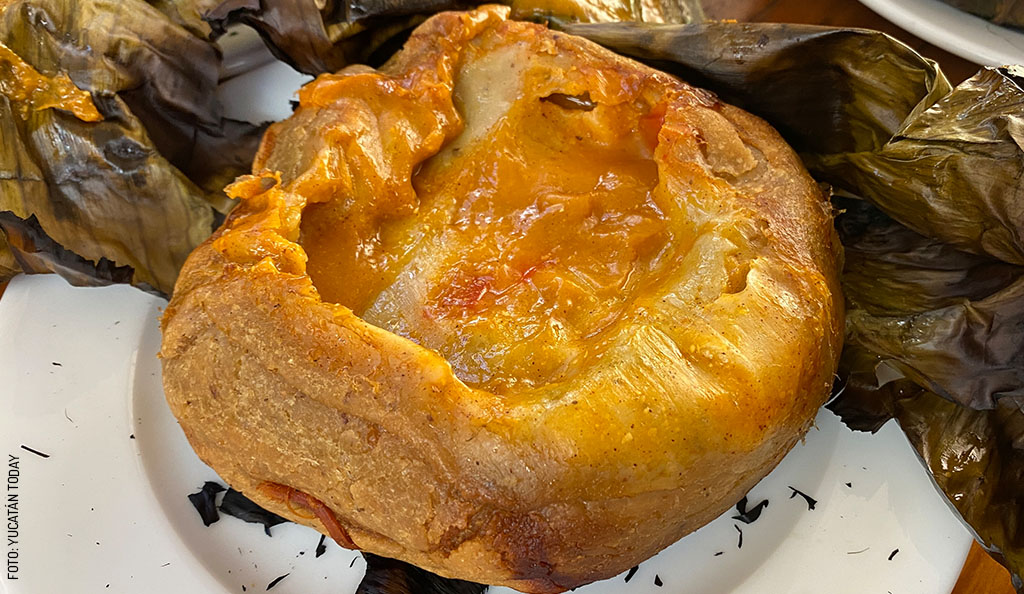
Four Different Ways to Enjoy a Mukbilpollo
Learn about the rich tradition of Mukbilpollo in Yucatán with four unique ways to savor this cultural dish during the Day of the Dead celebration.